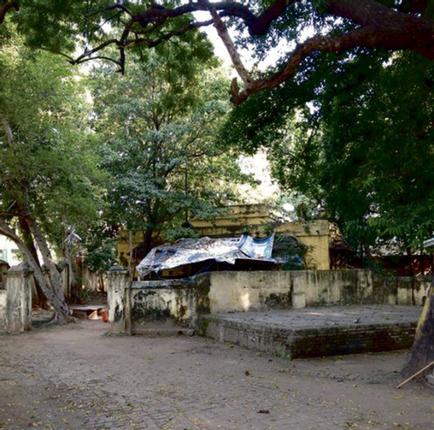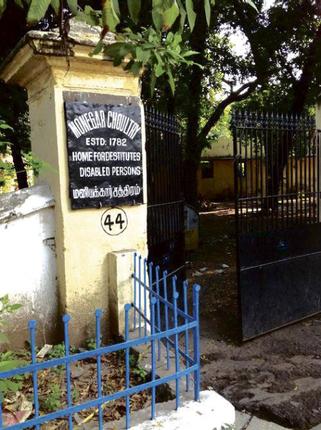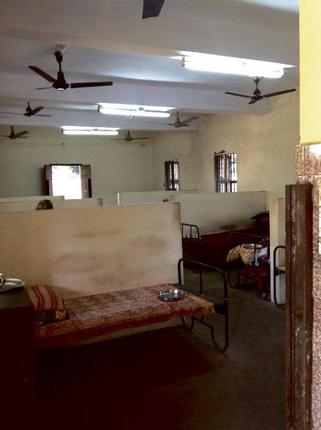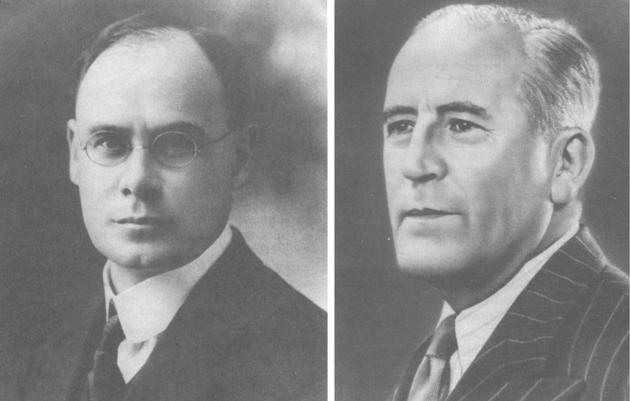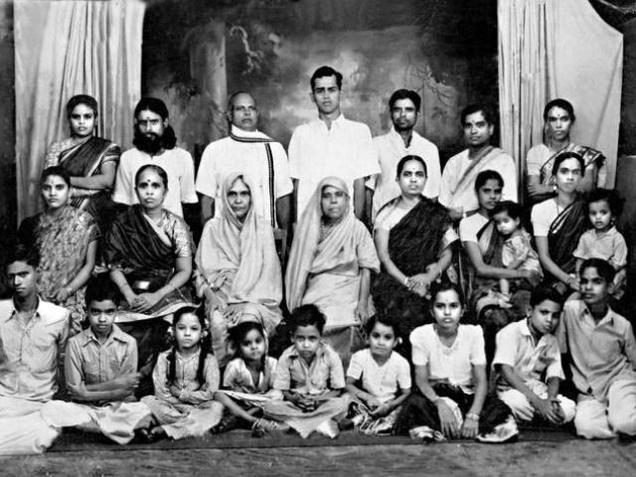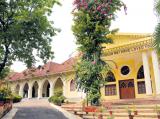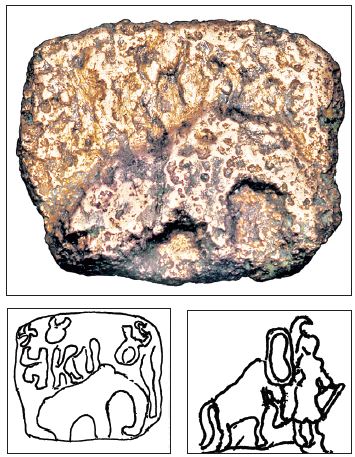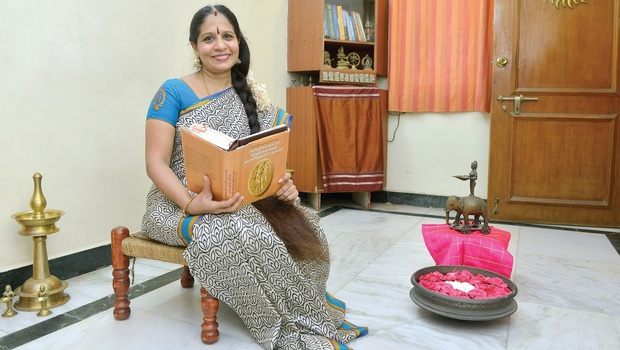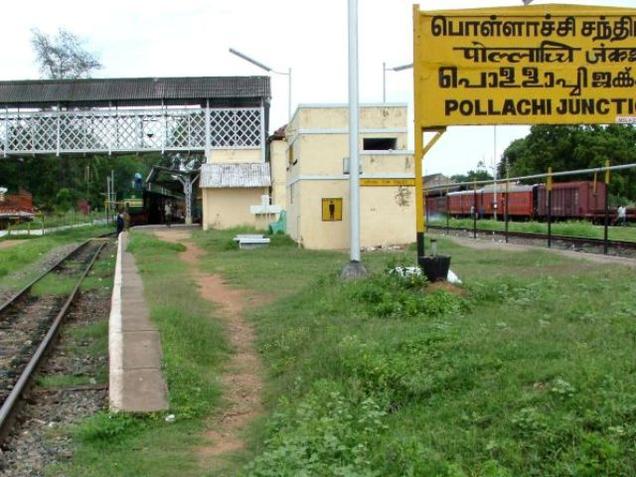by Prof. A.V. Narasimha Murthy, former Head, Department of Ancient History & Arachaeology, University of Mysore
Near Madurai is a place called Thiruvadhavoor. A pious Brahmin by name Shambhupadasritar was living there with his wife Shivajnanavati. Unfortunately their exact dates are not known. A wide bracket of 3rd to 9th centuries is given to this Saint. A boy was born to them and we do not know the name given to him by his parents. Actually Manikkavachakar is a name meaning whose utterances were like manikya or ruby by which he became famous. By sixteen years, he mastered all aspects of traditional education and was ready to take up the hereditary Ministership under the Pandya king. But the young man was interested in divine things. Anyway he became the Minister and a famous administrator too. He was a great devotee of Lord Shiva and was always meditating upon him.
One day, King asked this Minister to go to the Sea Port and buy horses. Minister started with some followers after worshipping Shiva (Chokkanatha) at Madurai. He reached the sea port Tirupperunthurai and spent all the money in feeding the Shiva-devotees and on temples. This was conveyed to the king who became furious at Manikkavachakar and ordered him to come back with horses or with money. Manikkavachakar prayed to Lord Shiva and requested him to show the way. God also asked him to go back to his king and tell him that the horses would arrive on the appointed day (avanimulam). He also gave a rare ruby as a present to the king.
Manikkavachakar went back to Madurai and told the king that the horses would arrive on the appointed day. The king waited but there was no sign of any horse; the spies of the king also brought the news that no horses were seen anywhere on the way. The king got angry and put him in the prison. Manikkavachakar prayed to Lord Shiva and God came in the form of the leader of the horse trader. The Saint mentioned this to him. But the king’s ego did not permit him to respect him. However, he received all the horses; gave a silk scarf to the dealer who received it with his whip. The king got offended by this but he was helpless and went back to the Palace.
Next morning a miracle happened. The horses which the king had purchased by paying huge amounts of money had turned into jackals. They ran out of the stables and entered into the streets, houses, temples, Palace and created great chaos. The whole town of Madurai became chaotic. The king thought that it was due to the negligence of the Minister who did not take enough precautions in this regard. Hence, he ordered the arrest of the Minister Manikkavachakar and torture him till he returned all the money.
Again a miracle happened. The level of the Vaigai River rose and inundated the whole town. The king realised that this is nothing but a punishment by the almighty for this folly. He went to the prison and released Manikkavachakar. Immediately, the flood waters began to recede and everybody was very happy at this. But the embankment had breached and it had to be rebuilt. The king ordered all the able-bodied men and women to go for this work and do the repairs without any wages. Each was allotted a part of the embankment. Many old people could not take up this work as they were helpless. There was an elderly woman by name Vanti who was eking out a living by selling eatables to the travellers. She was very old and could not do the manual hard work of repairing the embankment. So she thought of hiring men to do her part of the work on a fixed remuneration. But none came forward to work on her terms.
Being a great devotee of Lord Shiva, she appealed to him for help. Shiva took pity on her and came in the guise of a young labourer and began work. The king who came for inspection saw this young man was not working satisfactorily and beat him with a stick. With this, the basket full of earth fell on the embankment. And to the surprise of the king and others present there, the embankment work was complete in all respects. The woman Vanti was called to heaven and the young labourer vanished in the thin air. A divine voice admonished the king. The king realised his mistake. Immediately he went to the place where Manikkavachakar was meditating and requested him to come back and take up Ministership. But the Saint refused to accept the offer because the divine will had asked him to proceed to Chidambaram, the place of Nataraja aspect of Shiva.
On his way, he visited many Shiva temples at Tirukalukundram and others and finally reached Thiruvannamalai. He was inspired by devotees and composed Tiruvembavai and sang it in praise of the Lord. At Tirukalukundram he had another vision of the Lord.
At Chidambaram, he fell into a trance and sang several hymns in praise of Shiva. These songs contain three representations of Shiva namely; a form as in Nataraja, with and without form as in Linga and finally without form as in Akasha. The last is the Chidambara Rahasya (the secret of Chidambaram). The phrase Chidambara Rahasya is amongst us even today and it means that the form of the Lord cannot be known or understood. But Manikkavachakar understood that secret because he was a devoted soul. He lived in the outskirts of the town and practised meditation on Shiva. He used to go to the temple to see the image of Lord Shiva. Many hymns of Tiruvachakam were composed here.
There is another interesting story in this connection. The Buddhists from Ceylon came there and dragged him to a debate mainly to defeat him. But Manikkavachakar became victorious and all the Ceylonese monks became dumb. At the prayer of Manikkavachakar, the Ceylonese Princess was cured of her dumbness and the king of Ceylon embraced Shaivism. He became a disciple of Manikkavachakar.
Another miracle happened at this time. A Brahmin came to his abode and asked him to recite all his songs and he would be his scribe. At the end he wrote that this was recited by Manikkavachakar and copied by Ambalavan (Shiva of Chidambaram). This news spread far and wide and people began to assemble there to see the script. Manikkavachakar showed them that Lord Shiva of Chidambaram was his scribe; Not only he is my scribe, he is also the meaning and aim of my songs. Finally, he disappeared from this world.
But his works have made him immortal. His Tiruvachakam consists of 656 verses; Thirukovayar has 400 verses. Both these works contain the secrets of divinity and how to reach that stage of divinity. He sang in praise of Shiva and brought a revolution. Perhaps he is the one who gave the assurance that everyone can see divine by his good deeds without going into the rigour of orthodoxy. God himself will embrace such people. This is a great assurance indeed! That is why he was called Manikkavachakar, meaning his utterances were like precious rubies. Now, we have rubies in plenty but no Manikkavachakars!
source: http://www.starofmysore.com / Star of Mysore / Home> Feature Articles / Sunday – January 10th, 2015
